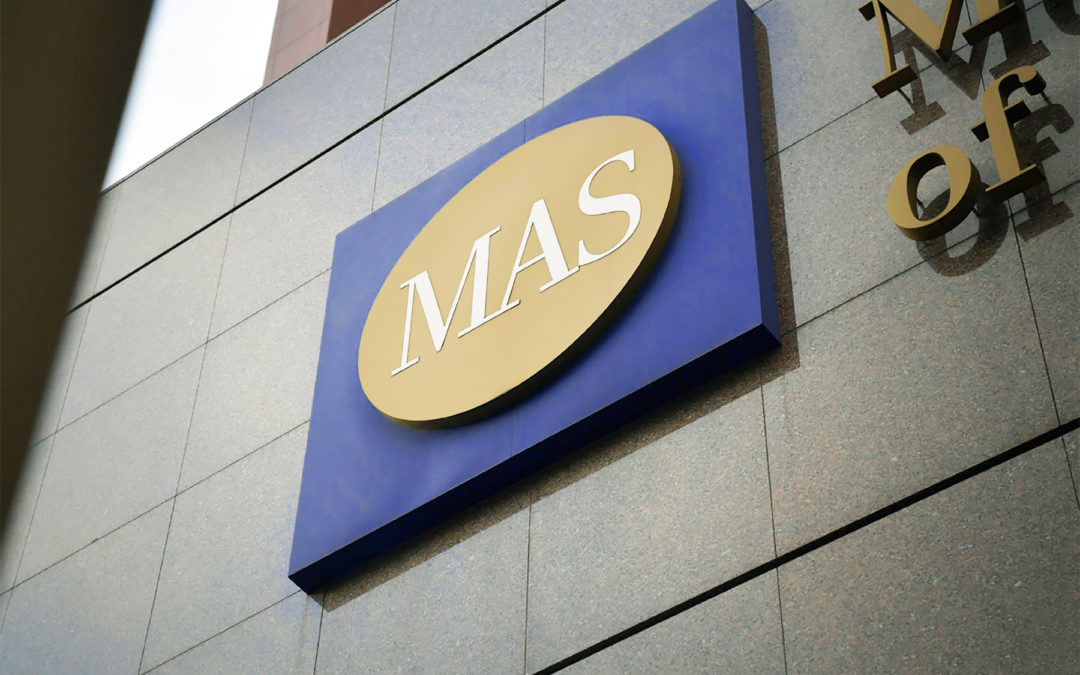The Monetary Authority of Singapore (MAS) adopts a managed-float exchange rate system, which requires direct government intervention in the foreign exchange market through the direct buying and selling of the Singapore Dollars and foreign currencies.
The MAS will set a trading band for the exchange rate to fluctuate within. The central bank will intervene to manipulate the exchange rate if the rate rises above the upper band or falls below the lower band.
In exceptional cases, the central bank will adopt a neutral monetary policy stance, meaning that it will either raise or lower the trading band, enabling the exchange rate to rise or fall beyond the initial range. This means that the MAS allows market forces to determine the new market equilibrium for the Singapore Dollar.
When the MAS seeks to appreciate the exchange rate, particularly with the aim of dampening the harmful effects of imported inflation, it needs to increase the demand for Singapore dollar. Appreciation of the local currency is conducted through the buying of the local currency and the selling of foreign currencies.
In conclusion, the managed-float exchange rate system is an important monetary policy tool for the Singapore government to achieve various macroeconomic objectives, such as price stability.


